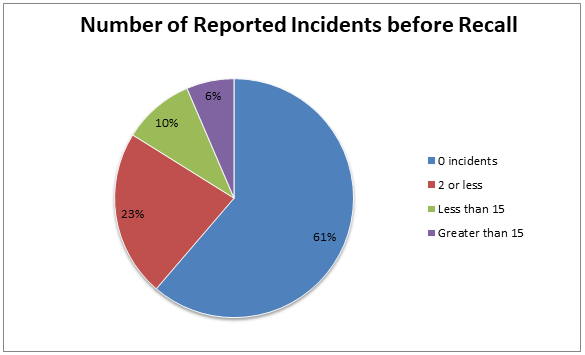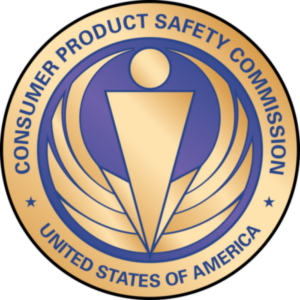
In vitro fertilization (IVF) is one of the most common types of fertility treatment, but the process is also extremely sensitive, invasive, and expensive. All of these factors come into play in a series of recent lawsuits following CooperSurgical’s December 5, 2023 recall of three lots of its embryo culture media—a substance that allows for the development of fertilized embryos. According to the company’s announcement, CooperSurgical had received a high number of customer complaints indicating that its embryo culture media caused impaired embryo development.
Continue Reading Recall Litigation Report: CooperSurgical Faces Multiple Lawsuits Following Recall of IVF Embryo Culture Media





